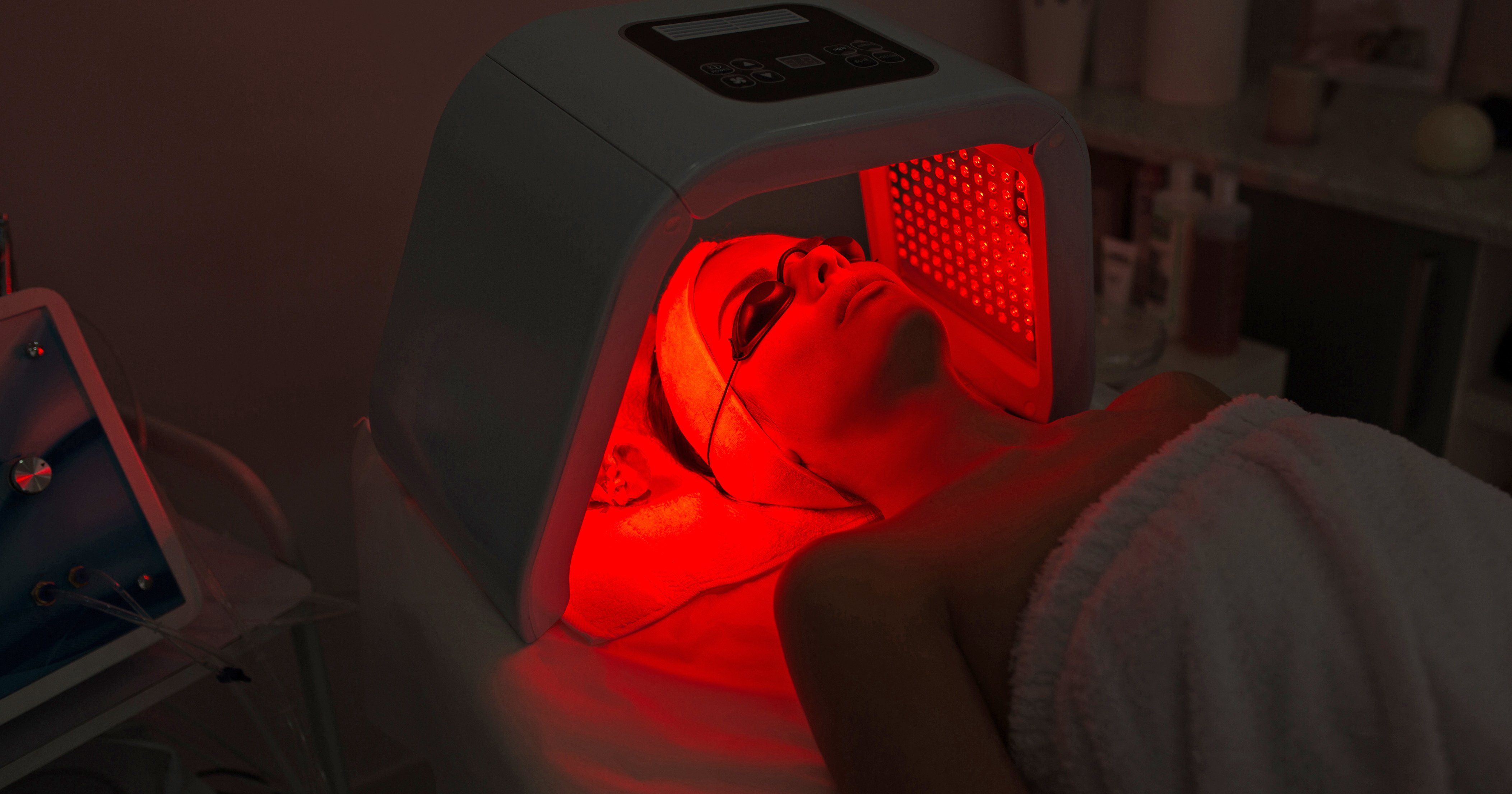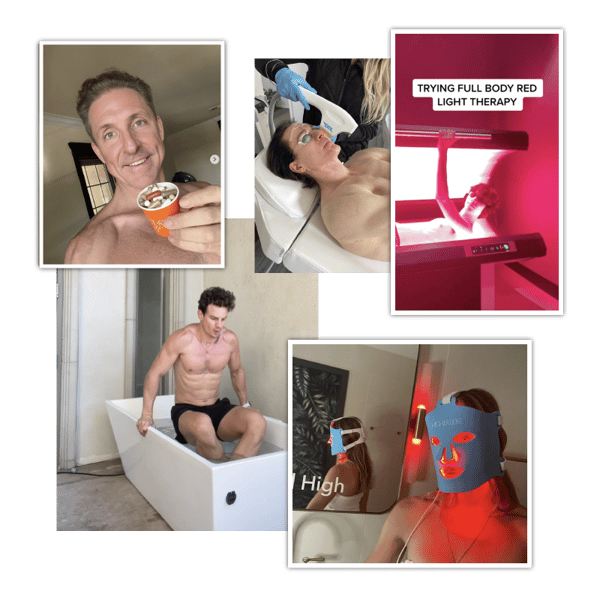Trend Analysis: Biohacking and the Rise of Holistic Healthcare

Posted By Celena Fine on October 05, 2023
Wake up with the sun. Drink 20 ounces of electrolyte-infused water and a protein smoothie. Pre-workout tissue pliability therapy. Post-workout tissue pliability therapy. Lunch and dinner without dairy, gluten, soy, sugar, trans fats, corn, alcohol, coffee, tomatoes, peppers, mushrooms, or eggplants. In bed by 8:30 every night.
Sounds extreme? Not surprising, since it’s former NFLer Tom Brady’s daily routine. But it's not just elite athletes going the extra mile for their health anymore. With the rise of biohacking, consumers are increasingly taking their health into their own hands.
What Is Biohacking?
Biohacking, an emerging trend among health-conscious consumers, is like taking the tech-hacker ethos and applying it to human biology. Biohackers believe bodies are complex systems that can be fine-tuned, just like a piece of advanced technology. By optimizing different parts of their bodies, diet, and lifestyle, they can improve their mental and physical health, and, ultimately, live longer.
These hacks range from more conventional (and affordable) sauna sessions and supplements, to extravagant investments in $20,000 body charging devices, $65,000 light-therapy beds, and full-body MRI scans focused on catching health issues before they arise. The biohacking solutions often find their roots in alternative, holistic health practices and are supercharged with high-tech tools.

The Biohacking Consumer
Typically, those most interested in biohacking have significant disposable income. For one wealthy entrepreneur from California, Bryan Johnson, he and his team of 30 doctors spend around $2 million each year on tests and medical interventions to reverse his body from aging. Others are dropping hundreds of thousands to implement biohacking devices and principles throughout their homes, including smart beds that monitor sleep patterns and air purification systems designed to optimize indoor air quality.
But even those who don’t have a cool million to drop on anti-aging treatments are getting in on the trend. According to a recent study, the majority of Americans use at least one dietary supplement. Blue light blocking glasses, eyewear meant to help with eye strain from spending time on screens, have also become a biohacking staple after their WFH-inspired boom.
Prioritizing Holistic Health
Biohacking is part of a larger consumer trend in healthcare. The pandemic transformed many people’s priorities when it comes to health, and consumers are taking an increasing interest in holistic healthcare. It’s not just about managing symptoms — people want to understand their bodies better, find personalized solutions to their physical and mental needs, and take proactive measures to maintain their health.
This shift in mindset has resulted in a surge in spending on wellness products and services and the growth of businesses focused on personalized and preventative healthcare. Brands should be on the lookout for these changing spending patterns and evolving consumer preferences. Even outside the world of health, brands should take note of the growing emphasis on holistic well-being and find opportunities to offer personalized products and experiences.
Want to hear more? In our monthly trend report, we dive into the emerging cultural and business trends you need to know to stay at the forefront of conversation.




